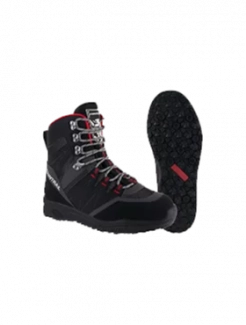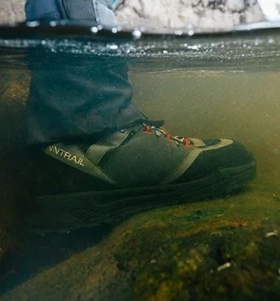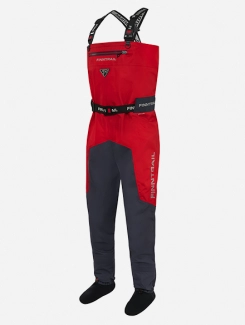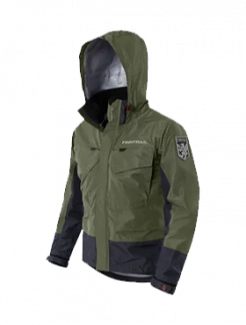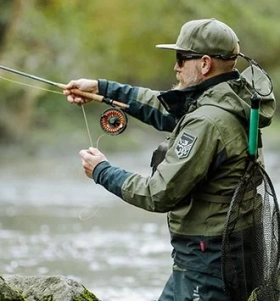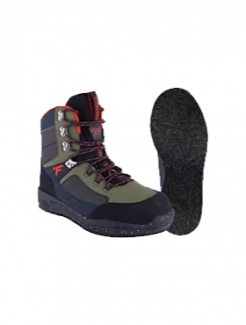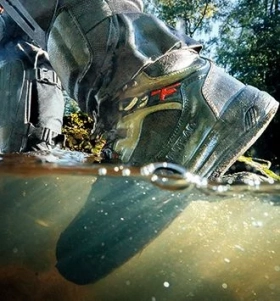Tips For Driving Your UTV In The Snow
While people normally think of storing their quad for the winter, it isn’t a necessity. With a little prep and know-how, you can keep on riding even in the winter. It’s a totally different experience. While you can ride an ATV in the snow, this post focuses on the ease and comfort of driving a UTV in the snow.
Why to Choose UTV Rides in Winter
If you’re considering a new vehicle purchase and you know you want to use your machine in the winter, give extra consideration to buying a UTV. You could choose an ATV or a snowmobile, but an ATV may be less likely to tackle the wintry terrain and a snowmobile can only be used in wintry conditions. A UTV combines the best of both for fun all-year round.
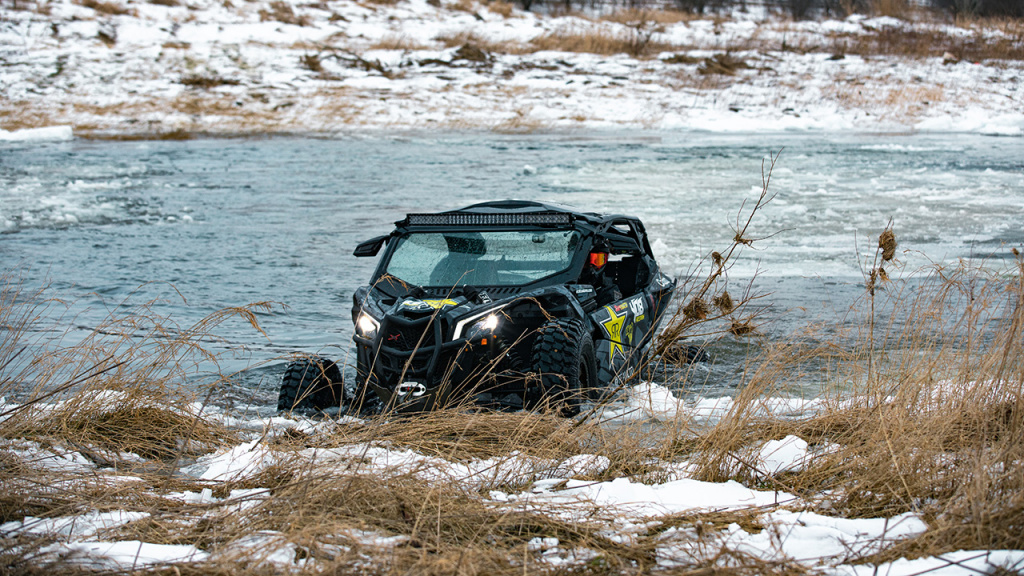
Winter UTV Research
While planning for UTV ride in snow joy, you need to look into two things.
Make sure you can ride where you’re intending to ride. Trails may not be open, and some property doesn’t allow quads at any time of year. You want to know this before you haul your UTV to the site.
Check the weather. While your UTV can tackle snow, ice and blizzards are dangerous and you need to be prepared for extreme cold. Keep up with the weather in the location you intend to ride for a few days up to and on the day of the ride.

How to Ride a UTV in the Snow
This is probably the main thing you are here for, so we’ll get right to it.
Riding a UTV in the snow is similar to riding a car or truck on the road. Your machine is going to take longer to react than normal, so you want to be careful and avoid any abrupt steering or speed adjustments. You can use the throttle as fully as you like, but keep all changes smooth. Utilize momentum as often as possible.
You can tackle ice, if you first determine that it can hold your weight. This means you’ll need to stop, take an ice auger, make a hole, and measure the thickness of the ice.
It’s possible to get a good idea by just looking at it before you start so you don’t waste your time cutting into bad ice. Clear, blue ice is the safest ice. Gray ice should be avoided as water is mixed with it, making accurate measurements impossible. White ice has snow mixed in it and can be driven on as long as you measure it accurately.
Hook the tape measure onto the under lip of the ice. 5-7” of clear ice is safe for ATVs and UTVs, but the more weight you’re packing, the thicker the ice needs to be. White ice should be considered half as strong as clear ice, so measure it as though it is half as thick. You’ll need to measure the ice again every 150 feet.
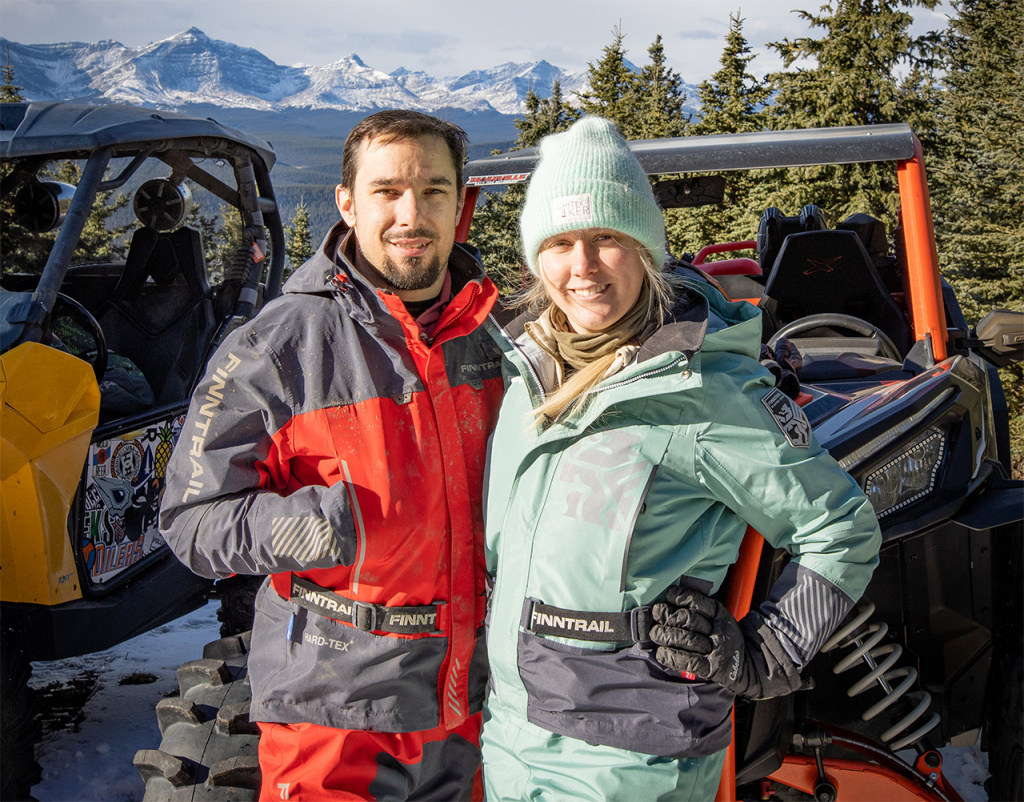
Gear for UTV Riding in Snow
Clothing
Wear extra, sufficiently warm layers. You’ll want to choose lighter weight layers that restrict your movement as little as possible, and make sure you have a wicking layer close to your body to keep you dry. If you don’t have a heated cab with a windshield or roof or you plan to spend a good deal of time outside the UTV such as for ice-fishing, make sure your face and ears are covered by more than just your helmet like with a balaclava, hood, and ear bands.
Get winter gloves to keep your hands warm and dry. Not just any winter gloves. Go with winter ATV gloves or snowmobiling gloves, and if it’s more than just slightly cold outside, you’ll probably need heated gloves.
Consider purchasing a helmet made with both a breath box and a chin curtain.
Other
Make sure that you have a winch and that it is working properly. If you get stuck, you’ll need it.
It’s wise to bring an extra belt for your UTV because riding in wintery conditions can wear a belt out fast.
Be sure your emergency gear is in fully stocked, that you have blankets for warmth.
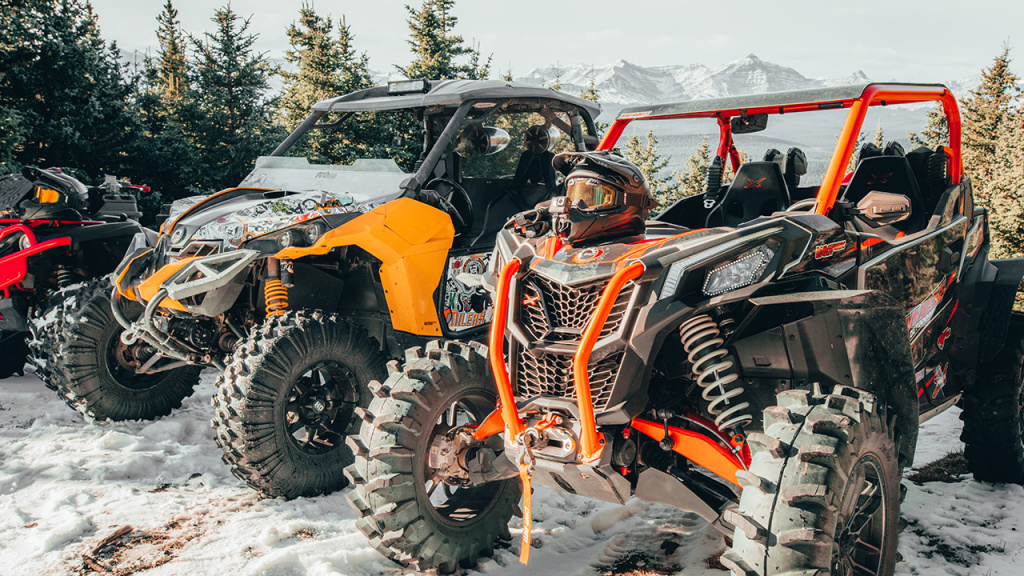
Machine Prep for UTV Riding in Winter
UTVs run their best in warmer weather, so it’ll take a little tweaking to make your machine winter ready.
Fluids
Make sure your coolant is designed for the temperatures you’ll be riding in. If it isn’t, flush it and replace it a coolant that is.
Purchase a bottle of fuel line antifreeze. When the weather gets colder, your machine needs this more than ever.
Make these changes early, before temps get good and cold or your vehicle may suffer damage and the fluids will be harder to change.
Tires
You can purchase tires designed for cold weather or all-terrain tires that you determine can tackle snow. All-terrain tires will be a convenient investment because you can use these tires even when it’s no longer cold.
If you’re going to tackle more extreme environments like ice with slush on top, snowy mountains, or areas with such bad weather that you might encounter closed paths, you’ll also need to add tracks to your tires. This is easy to do. Don’t worry about it if you’ll be on maintained paths in moderate winter conditions.
Upgrades
If you don’t already have these things, consider making the following upgrades:
- A windshield to keep wind, snow, and cold out and hold heat in (if you have a heater)
- Windshield wipers to get snow off the windshield
- A roof to keep you dry and warm
- A cab heater to keep it toasty inside a closed cabin
You’ll need a plow attachment if you will be using your UTV to maintain your property.

